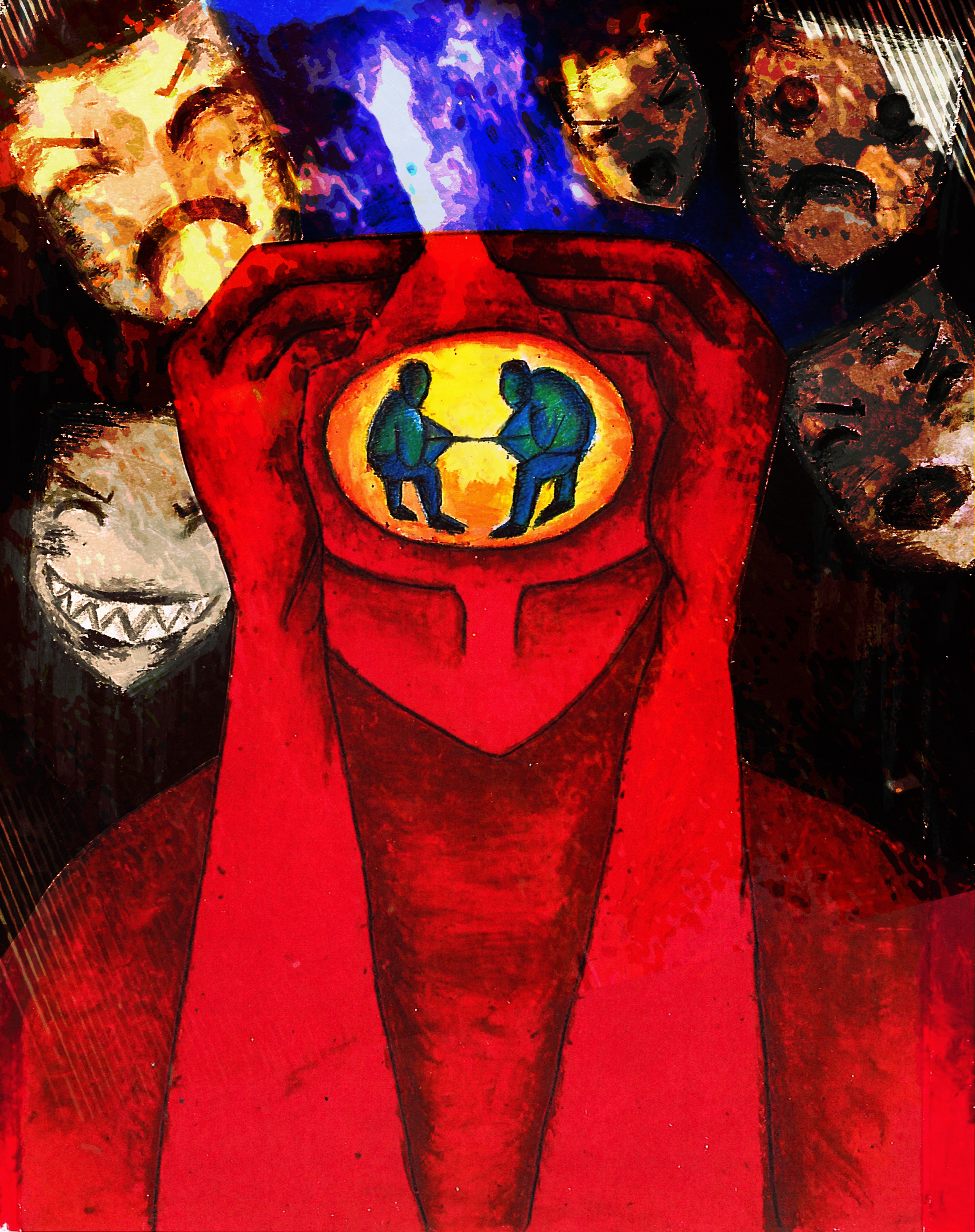Through evolution, humans have benefited tremendously from the memory of fear to avoid life-threatening situations. Yet, in the cases of victims of sexual violence, accident witnesses, and war veterans, terrifying experiences can cause an overstimulation of stress hormones, strengthening consolidation of the conditioned fear response. In some cases, this can result in post-traumatic stress disorder (PTSD), which currently affects around 8 per cent of the population in Canada and the U.S..
In an effort to improve the condition of those who suffer from PTSD, Alain Brunet, a professor in psychiatry at McGill, and many leading researchers in the field, have been investigating the use of the drug propranolol for treating and preventing PTSD.
According to the National Institute for Mental Health, PTSD is characterized by three categories of symptoms: re-experiencing (flashbacks, bad dreams, and frightening thoughts), avoidance (emotional, mental, and physical), and hyperarousal (insomnia, angry bursts, and tenseness).
Treatments for PTSD include psychological therapies, such as cognitive behavioural therapy and pharmacological intervention; however, many patients (around 40 to 50 per cent) do not respond to these standard treatments, urging novel treatment methods to be explored. Research over the past decade has identified propranolol as a promising drug to attenuate the emotional responses associated with memories of traumatic experiences.
Research over the past decade has identified propranolol as a promising drug to attenuate the emotional responses associated with memories of traumatic experiences.
Propranolol, a beta-adrenergic blocker that is commonly used to treat hypertension and anxiety disorder, utilizes its intrinsic property to block the binding of the hormones epinephrine and norepinephrine to the receptors in the brain. While there are many theories of how the drug works in the scientific literature, the precise mechanism of propranolol is not fully understood.
Both animal and clinical studies have shown that those administered with controlled doses of propranolol exhibit consistent decrease in emotional response to fearful memory recall. Brunet says, “As clinical psychologists, [we] ask whether the drug works, and we leave the how does it work question to the animal psychologists.” Recently, propranolol has been found to block a number of protein activities at the molecular level that ultimately prevent memory reconsolidation.
A common misconception of this drug is its non-selectivity for memory control; many question whether it suppresses more than just the targeted memories. In order to dispel such myths, Brunet’s lab designed a double blind study to assess the drug’s effect on patients’ factual and emotional memories. They dispensed propranolol to people with PTSD or a placebo once per week for six weeks, and discovered that individuals who were given propranolol retained their ability to describe the traumatic events taking place, but had little emotional reaction compared to those who were given placebo. In other words, their factual memories were not directly affected by the treatment. Furthermore, Brunet reported no other side effect of the drug from his patients. On the other hand, while the drug has no adverse effect on memory, further investigation needs to be done on its selectivity on emotion, including, but not limited to, reactions to traumatic events.
A common misconception of this drug is its non-selectivity for memory control; many question whether it suppresses more than just the targeted memories.
The emotion-suppressing effect of the drug may be fitting to the treatment of PTSD, but there are legal implications. As addressed in a paper published in the Journal of Law, Medicine & Ethics, the authors raise the concern that in cases of sexual assault, victims may lose validity in their testimonies due to their relative indifference to their experiences and thus be less convincing when presented as evidence in legal trials. Brunet defends these implications by comparing propranolol to other existing psychiatric treatments, including those that do not involve direct chemicals interventions in the patient’s brain, such as cognitive therapy.
Brunet explains that any treatment for PTSD is aimed at removing the patients’ burden of having the pathological reactions to past traumatic events, in order to restore patients to their mental and behavioural state prior to the trauma. Consequently, the medical objective of treatments does not preclude legal proceedings – as the objective facts are still present, one should not require patients to suffer just to fulfill certain emotional expectations in court.
The medical potential of propranolol extends beyond PTSD, and is presently being studied by many institutions other than McGill. For example, a research group at the University of Cambridge is investigating propranolol’s effectiveness in treating drug addiction. Though it is important to stay informed on one’s drug subscription, it is also important to distinguish myths from facts. It seems ironic that while Prozac abuse is so common in society, newer drugs like propranolol – arguably with greater medical value, and fewer side effects – are irrationally feared and thus overlooked.
The medical institution advances on scientific fact, not fear and lack of understanding. Brunet does not deny potential risks and concerns of propranolol – as mentioned, its effects are yet to be clarified, and there are certainly concerns about its abuse – but one does not stop at just any doubt. On the contrary, current debates on the drug are precisely why institutions exist: to discover truths, to dispel myths, and ultimately, to better lives. As is the case with all medication, only by understanding the exact nature of the drug can society tailor the production, distribution, and control procedures to balance the risks and benefits of propranolol.

